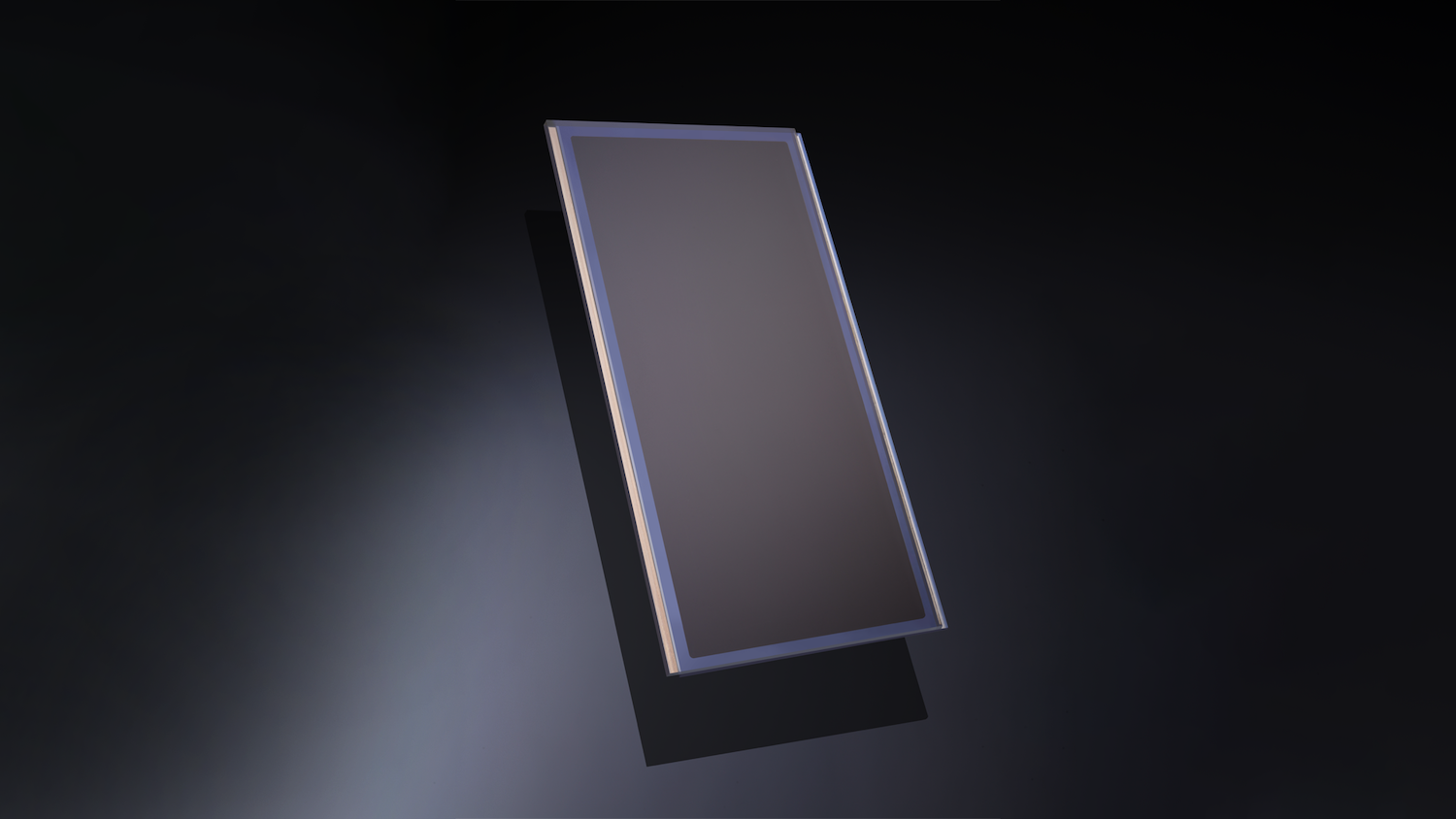
(Image: danilo.alvesd/Unsplash)
Imagine a wireless keyboard that doesn't have to be plugged in or a remote control that never needs new batteries, because they get their charge from indoor light with solar technology. This futuristic tech could soon become the norm, with products rolling out as early as this year. That’s good news for consumers, the planet and municipal garbage infrastructure.
The problem with batteries is bigger than we think
The average American throws out eight dry cell batteries each year. That’s the kind typically found in household electronics like double A, triple A and coin batteries. It might not sound like much, but it comes out to roughly 3 billion batteries trashed annually. That’s 180,000 tons of toxic waste containing mercury, cadmium, battery acid, lead and more.
It doesn’t just stay in the dump, either. It leaches out into the ground and contaminates the surrounding soil and water. Meanwhile, batteries that are incinerated with the rest of the garbage in waste management systems release those same chemicals as toxic fumes. Some types of batteries can even explode or cause fires when they’re thrown out, putting workers and infrastructure at risk.
“Despite the regulations that are in the world, invariably, batteries end up in landfills,” said Bates Marshall, co-founder and CEO of the energy technology company Ambient Photonics. “The state of California, where it's illegal to throw batteries into the trash, still has 99.5 percent of the batteries ending up in the trash. It just hasn't been working to keep these things out of the landfills.”
A solar solution for batteries
But what if batteries ending up in landfills could be replaced with indoor solar harvesting? Ambient is among the companies vying to make this vision a reality with solar cells that harness energy in low-light conditions. The company’s dye-sensitized solar cells operate much the same way that photosynthesis works in plants, Marshall said. Instead of relying on chlorophyll to absorb light and create energy like plants, the cells use a dye made of organic materials to absorb light.

Ambient is focusing on the electronics where it can make the biggest difference — namely household items. “We're working very intensively on remote controls because there's 800 million of these sold every year,” Marshall said. Each of those remotes typically has two batteries that need to be replaced at least once a year, he added.
Computer mice and keyboards are also ideal products for this technology, Marshall said. “Nobody likes to sort of stop working and plug in your mouse for an hour if it starts blinking red.”
Sensors and thermostats are also on the list due to the rise of smart homes, smart retail, and a general increase in automation in buildings. Not only do these upgrades increase the number of batteries that end up in landfills, but some have to be changed out by technicians — which adds cost and inconvenience to the existing battery problem, Marshall said.
Hastening sustainable change
“There’s this interesting combination of attributes that seems to be pulling the technology into the market,” he said. “The sustainability and environmental side is obviously foundational for us and really important. But it's also really important to have a net economic benefit — not just a net economic cost — because then you get a double win. That tends to put the accelerator on the technology.”
This accelerated transition is something Marshall experienced when he worked in outdoor solar. While solar energy wasn’t mainstream when he first joined the industry in the early 2000s, it quickly became so once regulations and economics began to favor a shift. New regulations in the European Union that aim to make batteries more sustainable and circular, and a new law in California requiring battery producers to create or fund stewardship programs for battery collection and recycling, could create the same conditions for low-light solar, he said.
Not that he expects low-light solar to require legislation to succeed in consumer markets. “The best thing we can do is make the economic case, make the user experience case, make a better product,” he said. “And if it happens to come with a corresponding stick to the carrot, then I think that's very helpful … but we're not banking on government support in any way. I think that puts you in a pretty precarious situation, and we've built our whole business on demonstrating that consumers care about these issues.”
Limits to low-light solar cell technology
It would be nice if phones and laptops could be charged with the same technology, but the low levels of energy available from indoor light aren’t sufficient for that purpose, Marshall said. It would be a mere drop in the ocean compared to their power needs. So, electronics that rely on larger batteries aren’t in line for indoor solar harvesting, and it’s important to be realistic about the technology’s potential.
“Setting that class of devices aside, there are all kinds of things that have coin cells, double A batteries, triple A batteries, and small, permanent lithium-ion batteries,” Marshall said. “It's that big class of devices that we're targeting.”
Though this may seem small compared to the entirety of battery usage, it’s a niche that will no doubt make a big environmental difference.

Riya Anne Polcastro is an author, photographer and adventurer based out of Baja California Sur, México. She enjoys writing just about anything, from gritty fiction to business and environmental issues. She is especially interested in how sustainability can be harnessed to encourage economic and environmental equity between the Global South and North. One day she hopes to travel the world with nothing but a backpack and her trusty laptop.














